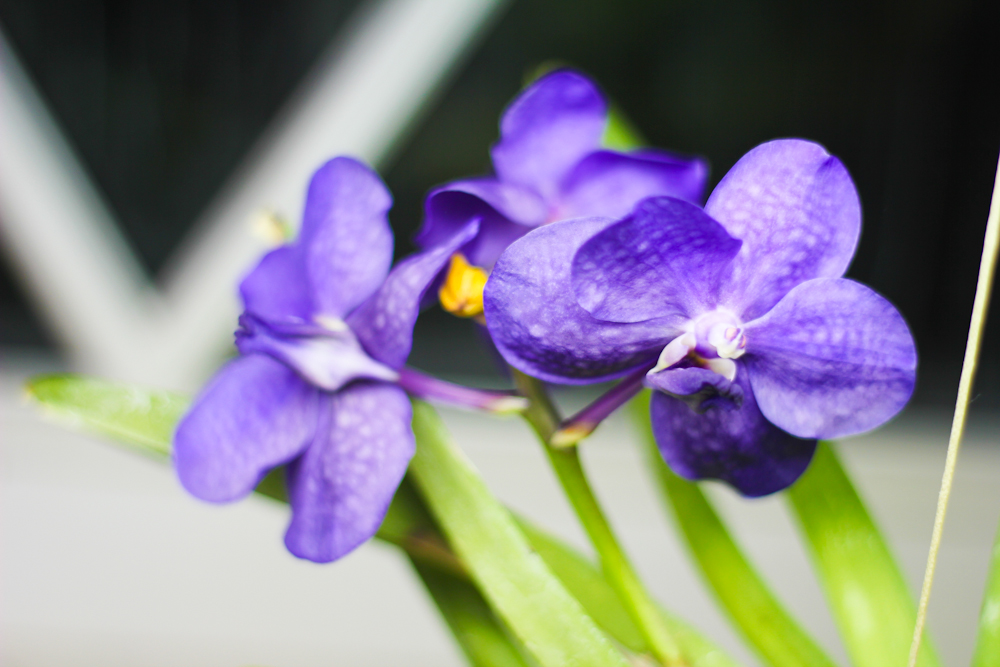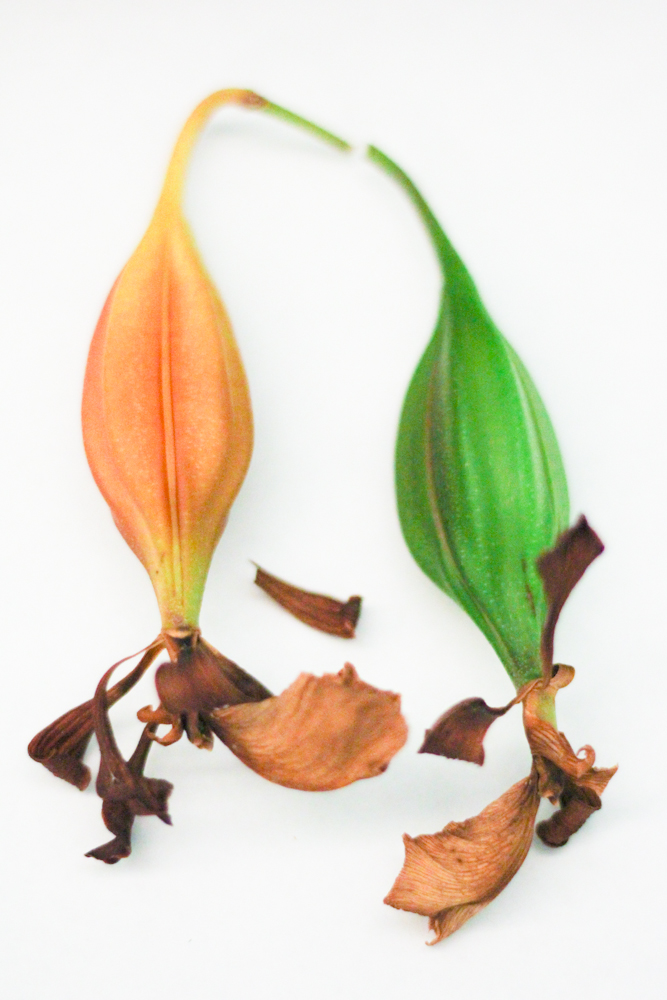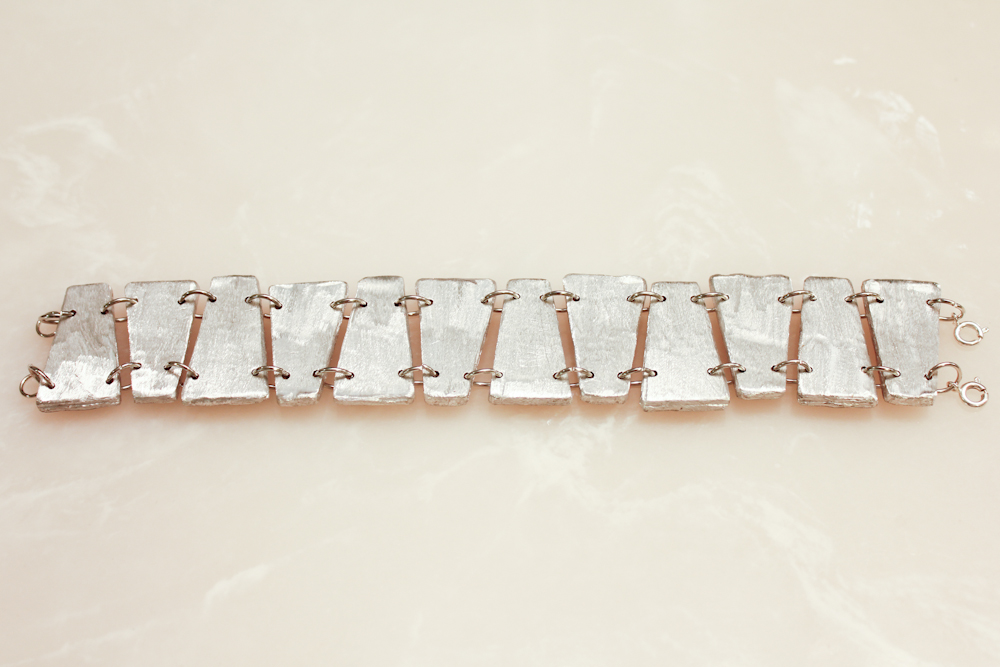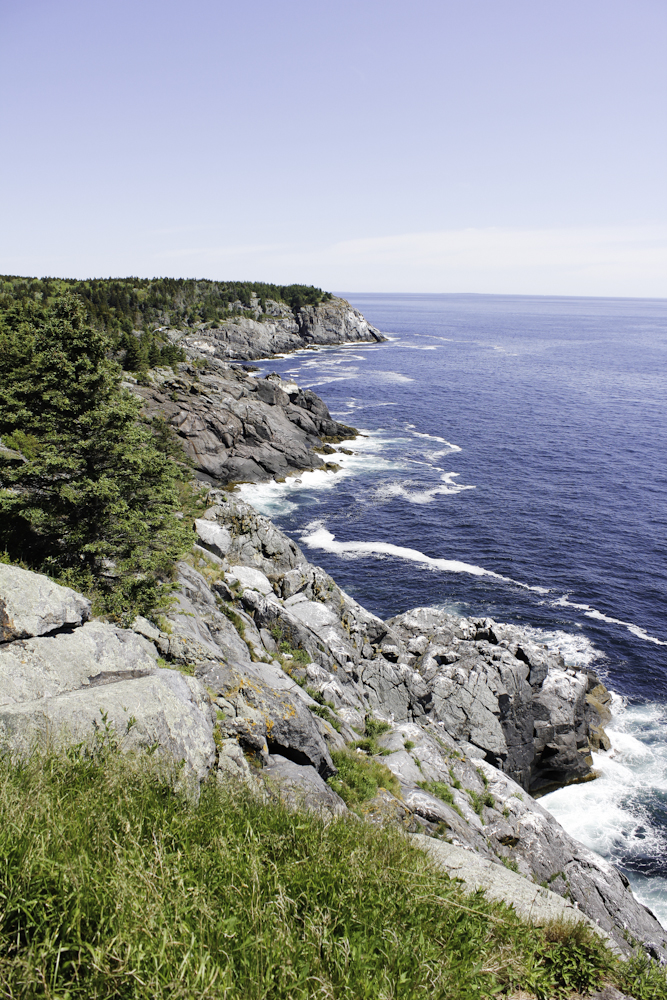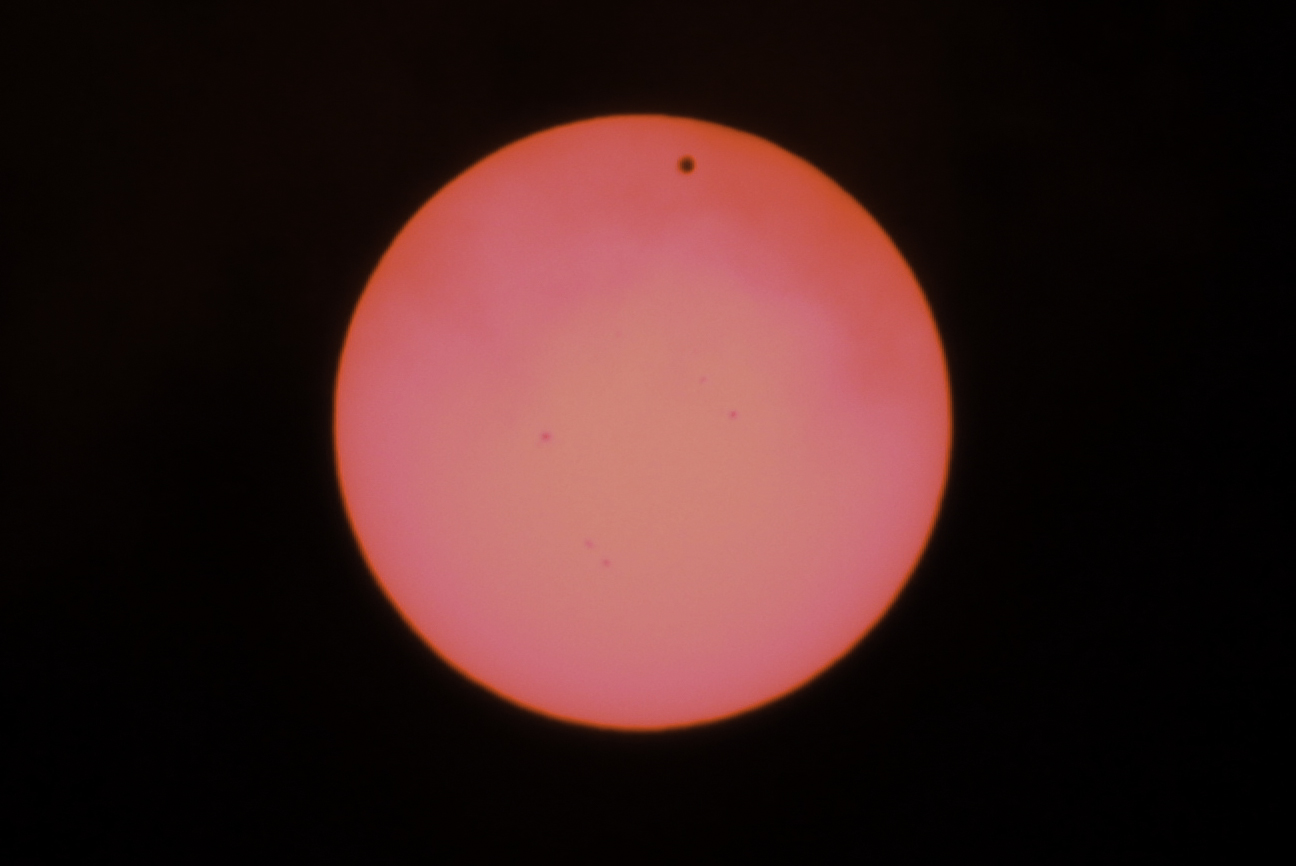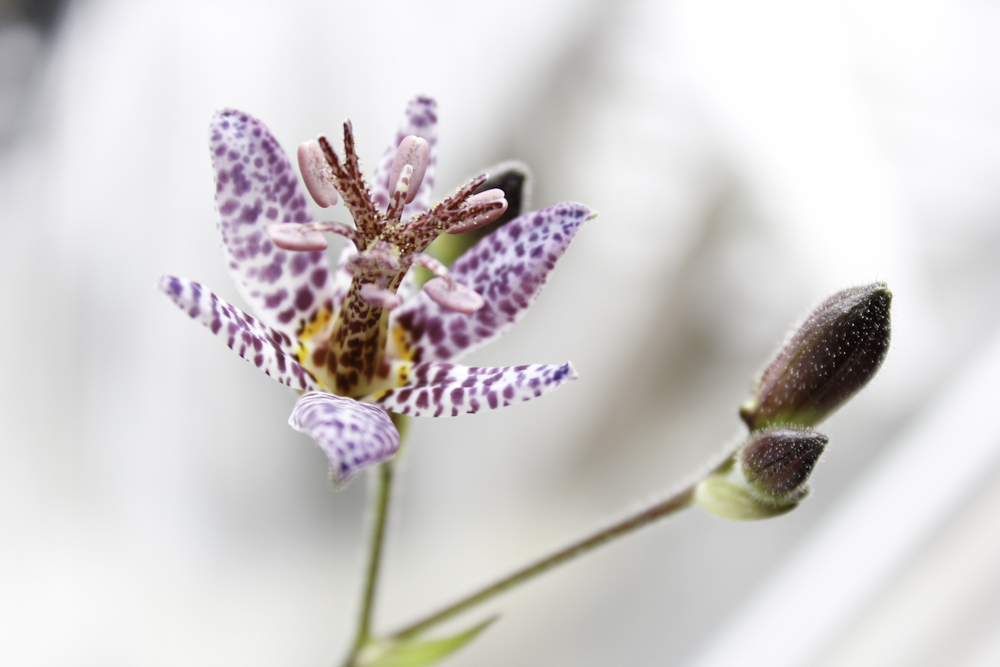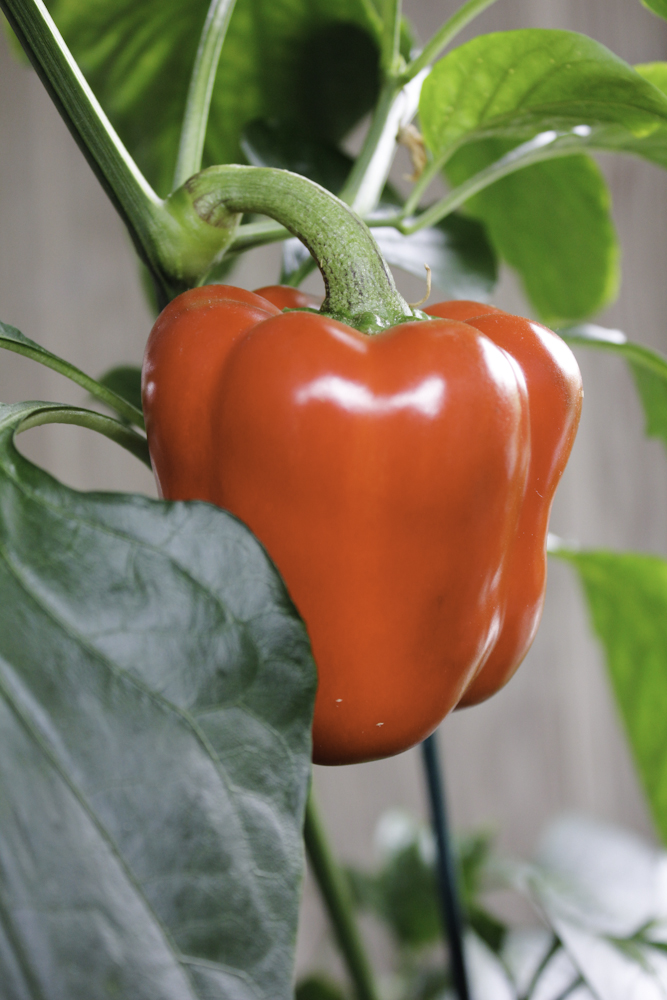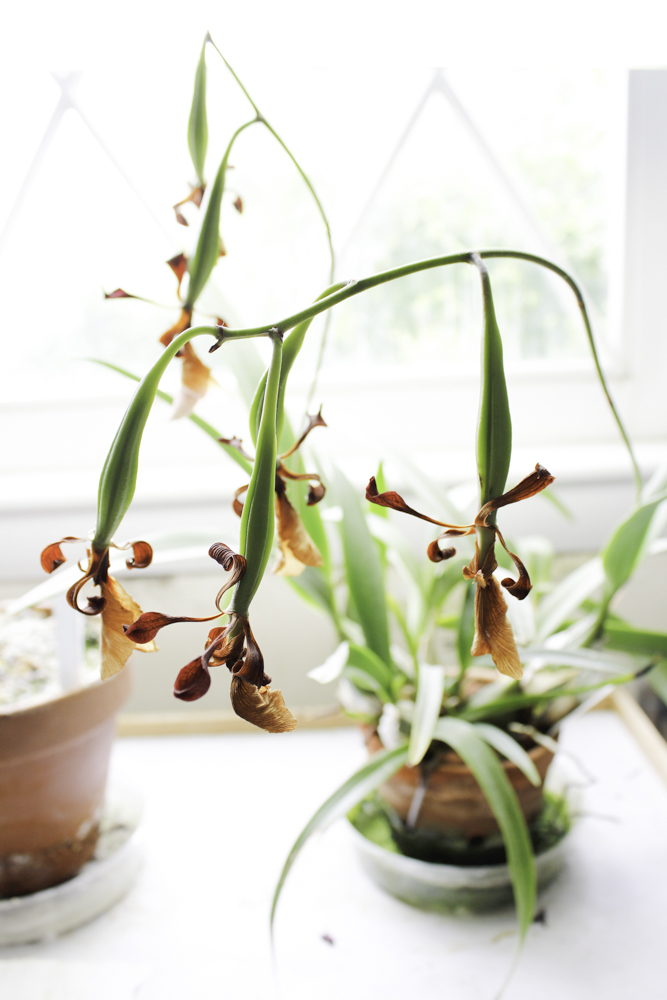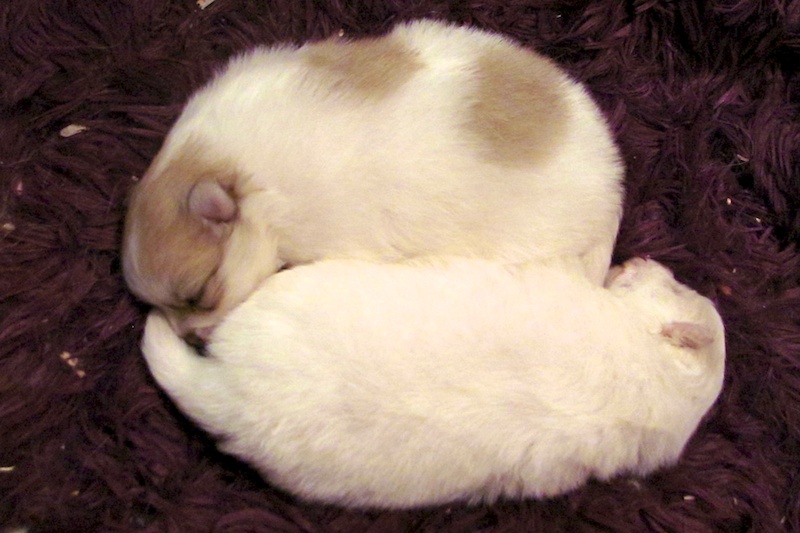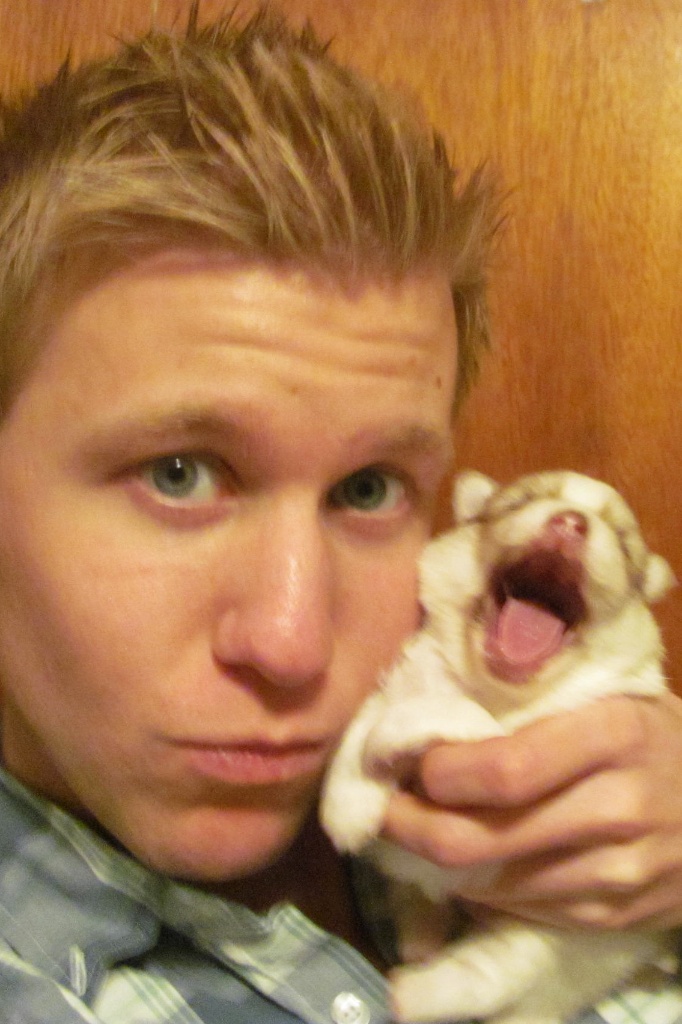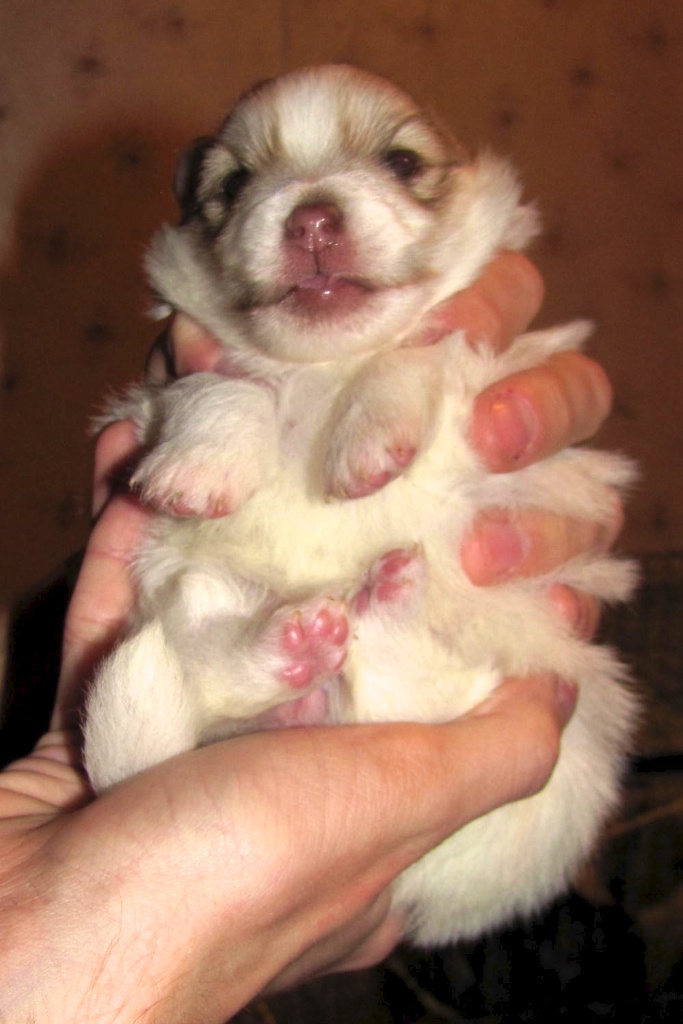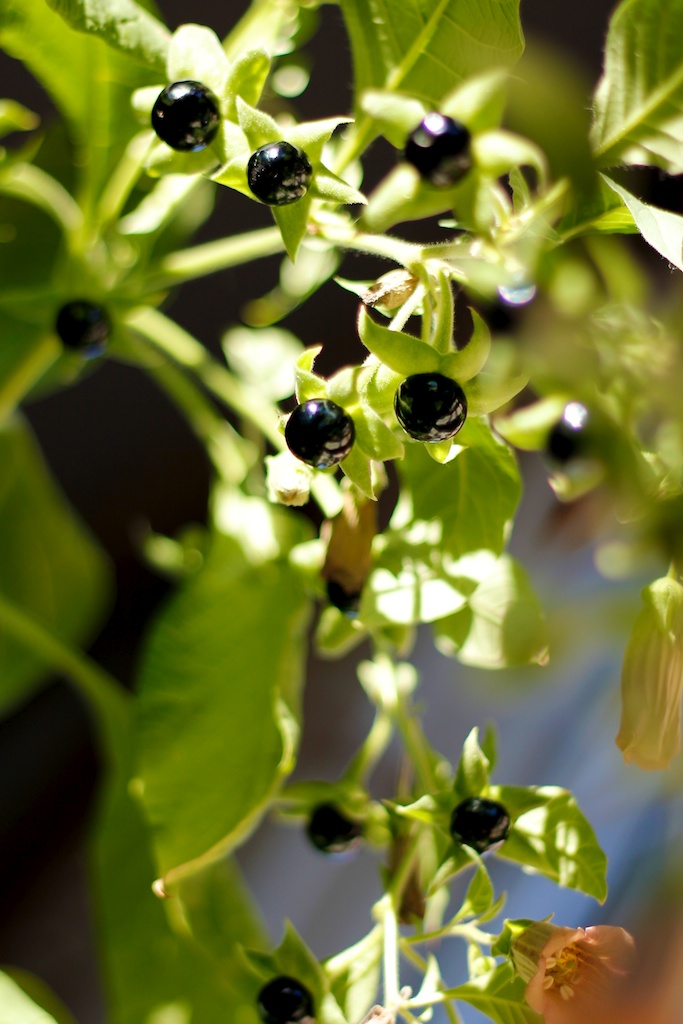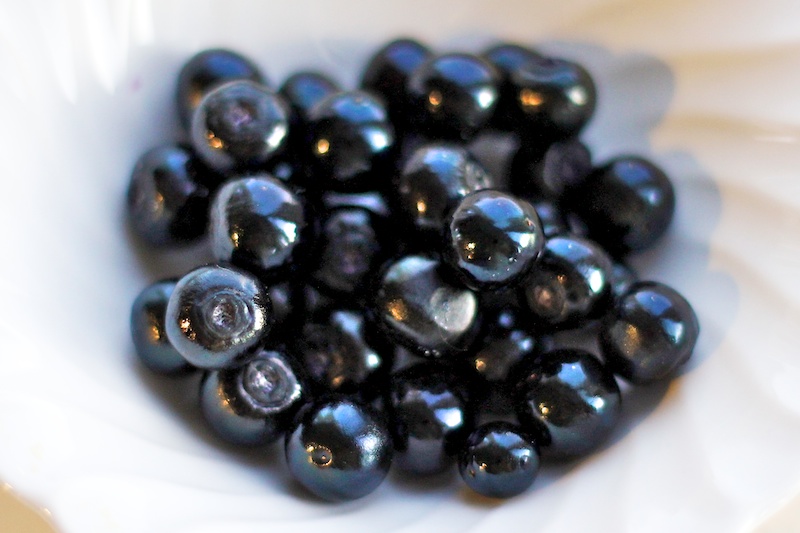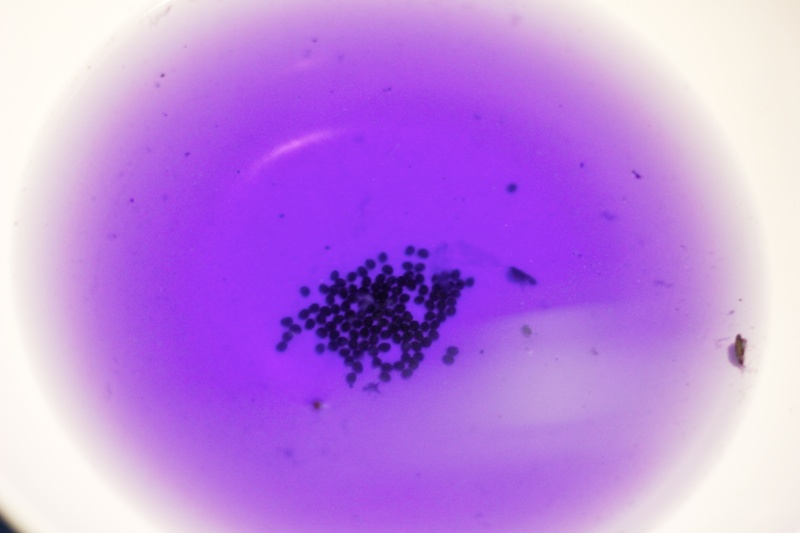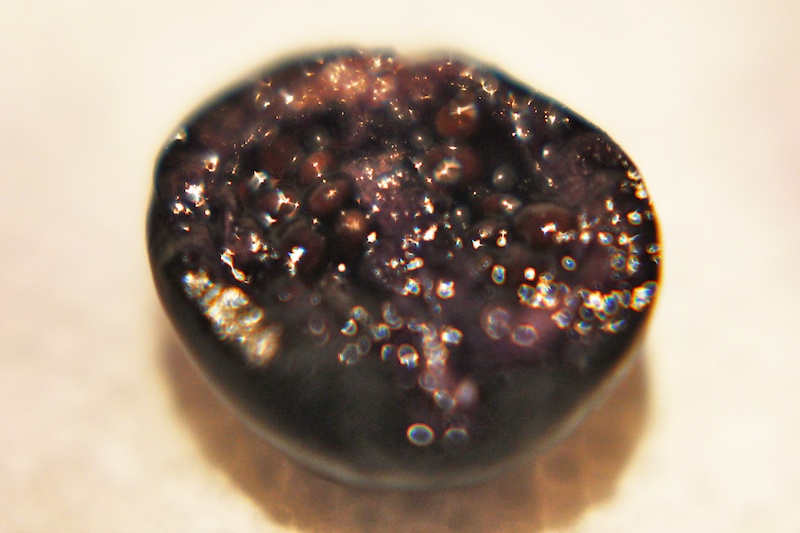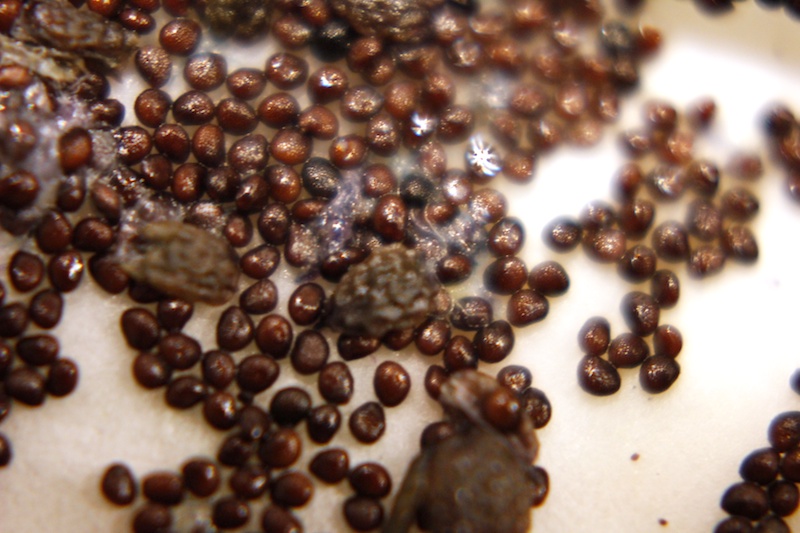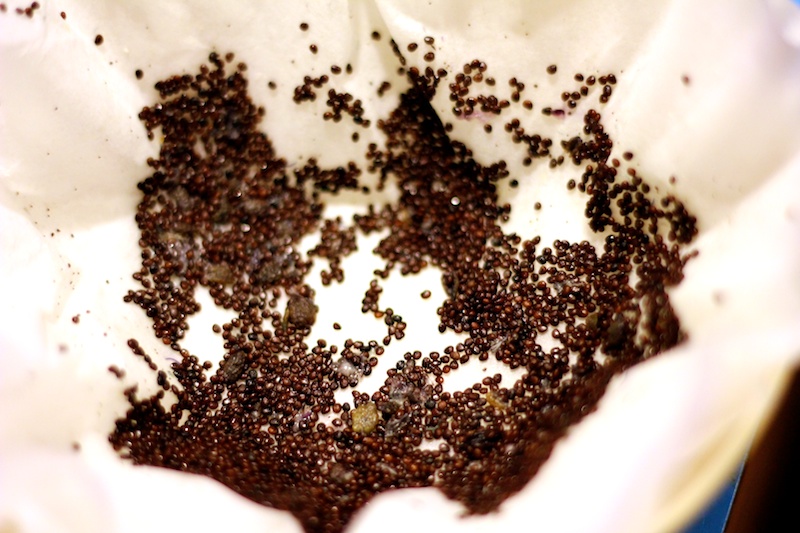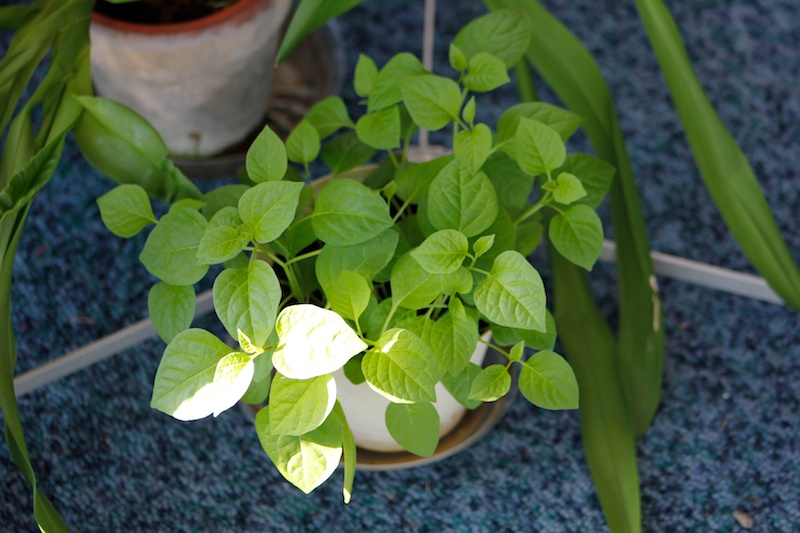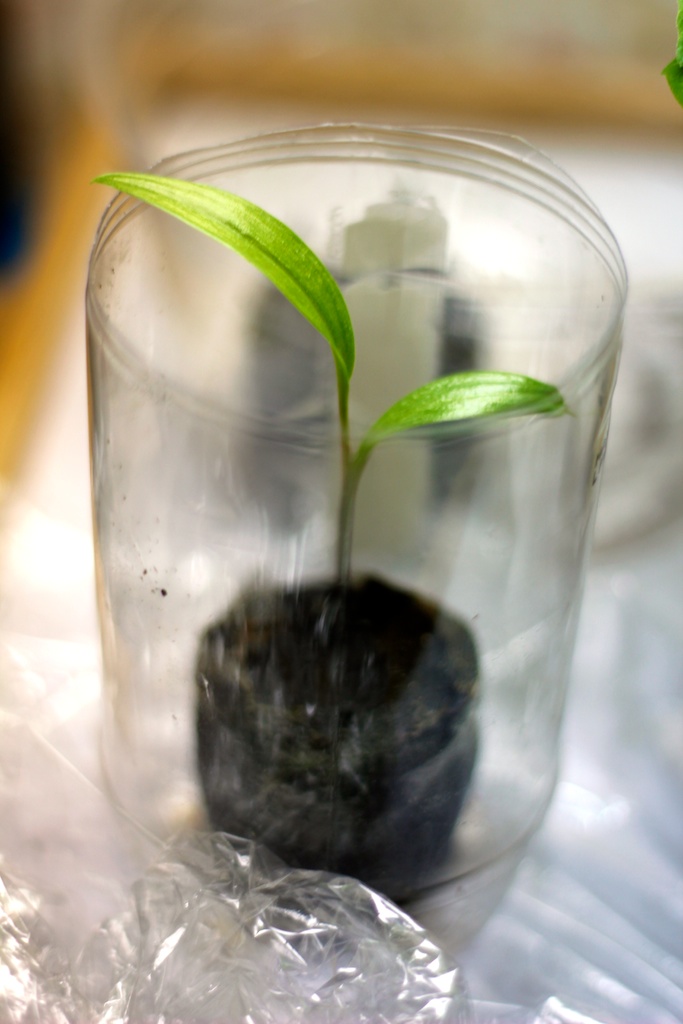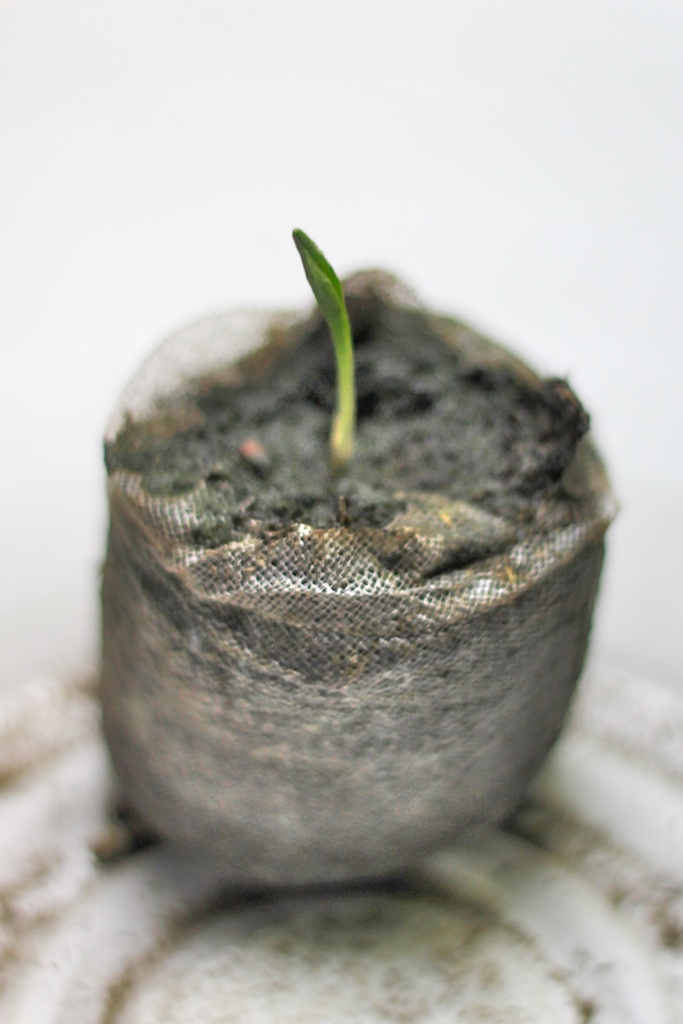Well the world did not end and it seems there wasn’t anyone crazy enough to make it a self-fulfilling prophecy. I’m just old enough to vaguely remember Y2K and the Hale-Bopp comet and I’m grateful December 21st shared little in common with those events. The date seemed to have passed by without much notice at all and ensured that Christmas was safe, even if the American economy isn’t 😀
I had a nice Christmas with my family. I got an iPhone, a FitBit, a whole bunch of lab supplies / lab books, and some clothes. It will be good having an iPhone because right now I really need 24/7 internet access and I’m still developing an iPhone game. I’ve been very busy with other things so I haven’t had a lot of time to program and create graphics, but the game is coming along well. It’s more work and more fun than I ever expected it to be! I also got a DNA kit to have my genes sequenced – technically it will look for genetic markers that correlate to specific disease risks and may give me some insight into my ancestry. I had to fill a vial with spit and then mail it in, and it will take a month or so to process, so I’ve got some waiting to do.
In the meantime I successfully hand-pollinated two of the three blue orchid blooms, which are already beginning to swell (and the flowers of which almost immediately died). Plant science is probably boring to most of you, but I’ve always loved plants and my new lab supplies will help me emulate much of the work I did at the University of Maine working with transgenic rice and Arabidopsis. Unfortunately I lack a laminar flow and a thermal cycler (for PCR). As a result, contamination is a significant problem when I’m plating media at home, and whatever results I obtain won’t be especially scientific since I can’t actually do any genotypic analysis. Still, there is a lot I can do with what I have, including my two microscopes, plant hormones, agrobacterium cultures, and some colchicine. NOTE: Colchicine is a chemical that can halt cellular mitosis by interfering with spindle / microtubule elongation. It is very useful for essentially “freezing” phases of mitosis and also inducing mutation in plants. Even though colchicine used to be derived from plants, it is extremely toxic and I don’t recommend using it without experience with toxic chemicals. Always read the MSDS if you’re going to work with an unfamiliar chemical.
I will publish some of what I’m doing on my Plants and Labwork page in the future. Most of my work will probably consist of plant tissue culture / cloning, which is fairly accessible even to people like me who don’t have multimillion dollar laboratories. One of the most common examples is African Violet, which readily develops new whole plants from partial tissues taken from a donor plant. This species and several others require little to no hormonal treatment to induce such growth. I’m also going to attempt growing orchids from seed on plated media. The vast majority of commercial orchids are clones (“mericlones”) originating from tissue cultures. Human comprehension of orchid seed germination, which is the result of a symbiotic relationship with a fungi, is relatively recent. In the early days of orchid collecting, nobody understood how to germinate orchid seeds. Orchid seeds lack endosperm, which can be thought of as “food” for the seed during germination. As such, they rely on various fungi species for germination and these fungal species are very specific to the orchid species itself, no pun intended. The prevalence of mericlones has more to do with cost-effectiveness, product consistency, and logistics, however; most orchids require at least 7 years from seed to flowering. Between plant genomics and paleogenetics, I can’t think of anything else I’d rather devote my life to.

